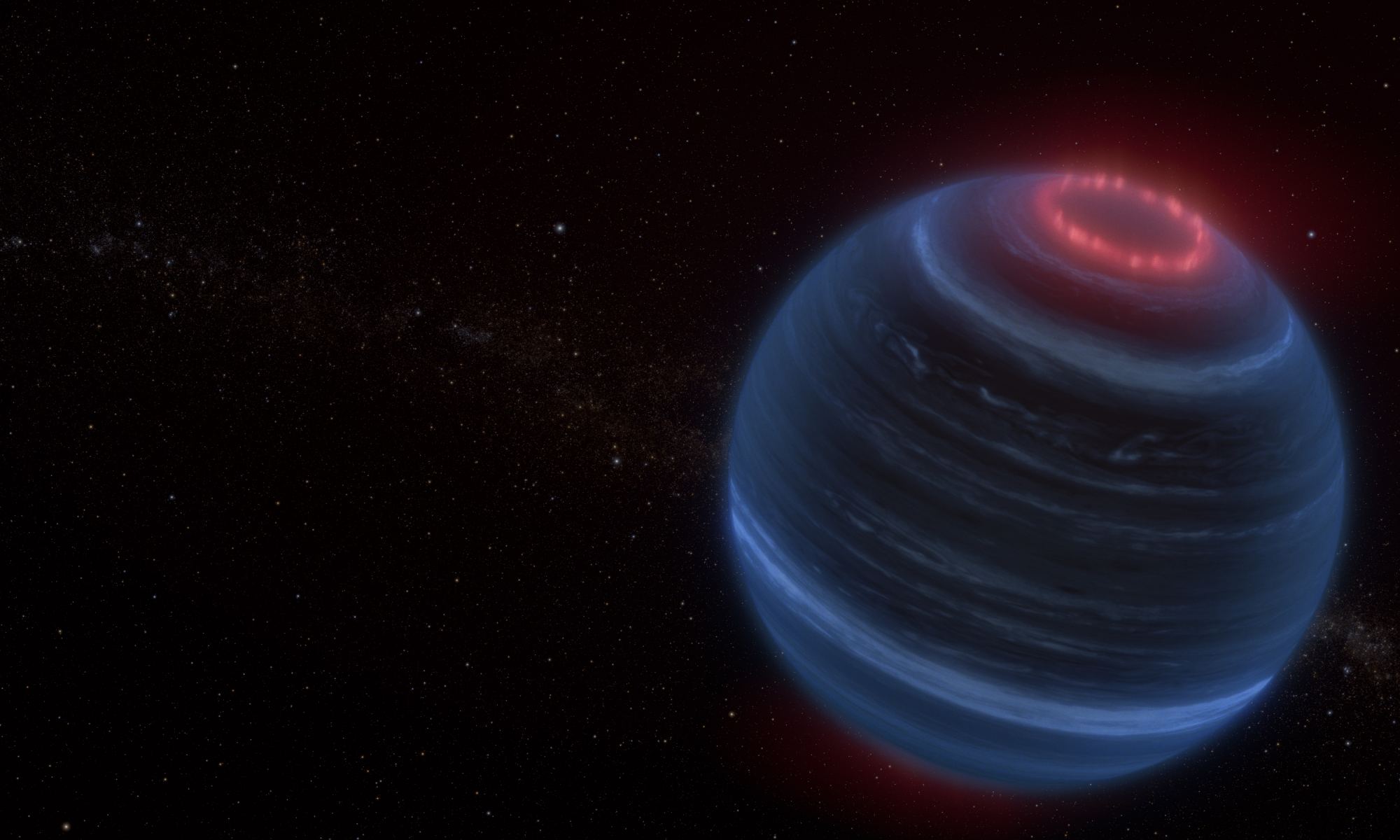Through the Artemis Program, NASA will send the first astronauts to the Moon since the Apollo Era before 2030. They will be joined by multiple space agencies, like the ESA and China, who plan to send astronauts (and “taikonauts”) there for the first time. Beyond this, all plan to build permanent habitats in the South Pole-Aitken Basin and the necessary infrastructure that will lead to a permanent human presence. This presents many challenges, the most notable being those arising from the nature of the lunar environment.
Aside from the extremes in temperature, a 14-day diurnal cycle, and the airless environment, there’s the issue of lunar regolith (aka moondust). In addition to being coarse and jagged, lunar regolith sticks to everything because it is electrostatically charged. Because of how this dust plays havoc with astronaut health, equipment, and machinery, NASA is developing technologies to mitigate dust buildup. Seven of these experiments will be tested during a flight test using a Blue Origin New Shepard rocket to evaluate their ability to mitigate lunar dust.
Continue reading “NASA is Developing Solutions for Lunar Housekeeping’s Biggest Problem: Dust!”










